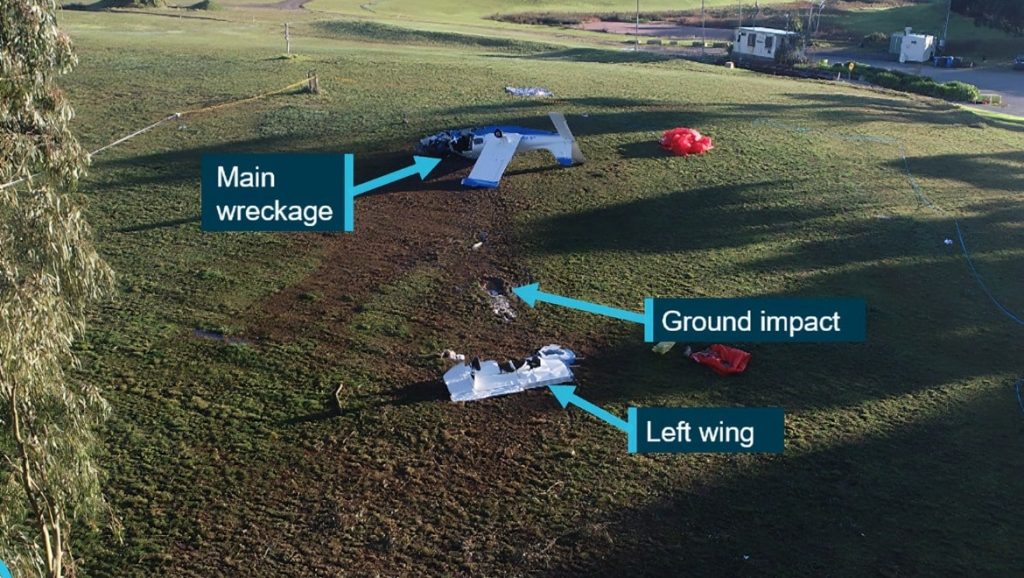
An ATSB report into a Piper Cherokee crash that left its pilot seriously injured has been unable to identify what caused the crucial loss of engine power.
Despite “extensive examination”, investigators are still at a loss as to what was responsible for the significant reduction in the fuel flow, with no defects found in the fuel system and the tank sufficiently full.
The incident occurred in June last year while the pilot was conducting circuits at Moorabbin Airport, in Melbourne’s southeast. The aircraft hit trees before crashing into the ground.
The ATSB’s director of transport safety, Stuart Macleod, said, “This accident highlights the challenges pilots face when confronted with a loss of engine power at low level and with few suitable forced landing areas within the glide capability of the aircraft.
“It reaffirms to pilots that they can best mitigate the effects of a loss of power through forward planning, which reduces mental workload under stress, and always maintaining control of the aircraft.”
Macleod added that maintaining glide speed and using no more than a moderate bank angle avoids entering a stall or spin.
“During a forced landing, aim to arrive at the ground with wings level and the aircraft level with the ground, as this improves your prospects of survivability.”
The report revealed how on 22 June 2021, the pilot of the PA-32-200 Cherokee Six was conducting circuits at Moorabbin.
As the aircraft was climbing after take-off at about 500 feet above ground level, fuel flow to the engine was significantly reduced. Within 12 seconds, the engine lost power, and the aircraft commenced descending.
In response, the pilot targeted a glide speed of 90 kt and searched for a site to make a forced landing within a 30° arc either side of the aircraft’s nose.
They then identified one of the few clear areas available for a landing within gliding range and manoeuvred the aircraft towards that area.
As the aircraft approached the selected area, the pilot recognised that insufficient height remained to clear trees, but contact was unavoidable.
The aircraft crashed into the trees before hitting the rising ground. The pilot sustained serious injuries in the accident, and the aircraft was destroyed.
The ATSB’s investigation determined that a significant reduction in fuel flow, for reasons that could not be determined despite extensive examination, resulted in the engine’s loss of power.
Analysis of the engine’s data management system showed that after the power loss, fuel flow did not reduce to zero, but varied between 20 and 16 litres/hour (in conjunction with RPM changes), indicating that fuel starvation did not lead to the power loss.
Further, wreckage examination, flight records and witness reports indicated that there was sufficient fuel on board, and in any tank, to power the engine.
While damage limited examination of the fuel system, no defect was identified that could have led to the fuel flow reduction. The engine was dismantled, examined and all fuel system components were tested and found to function correctly.
The investigation also found that the aircraft was inadvertently fitted with an incorrect engine variant. However, this did not affect the operation of the aircraft or contribute to the power loss.
“This inadvertent fitment, while not contributing to the accident, does underline to maintenance organisations the importance of the correct interpretation of the manufacturer’s type certificate documentation,” said Macleod.
Moorabbin Airport is one of Australia’s busiest training airports, with students and amateur pilots regularly taking off from one of its five intersecting runways.















